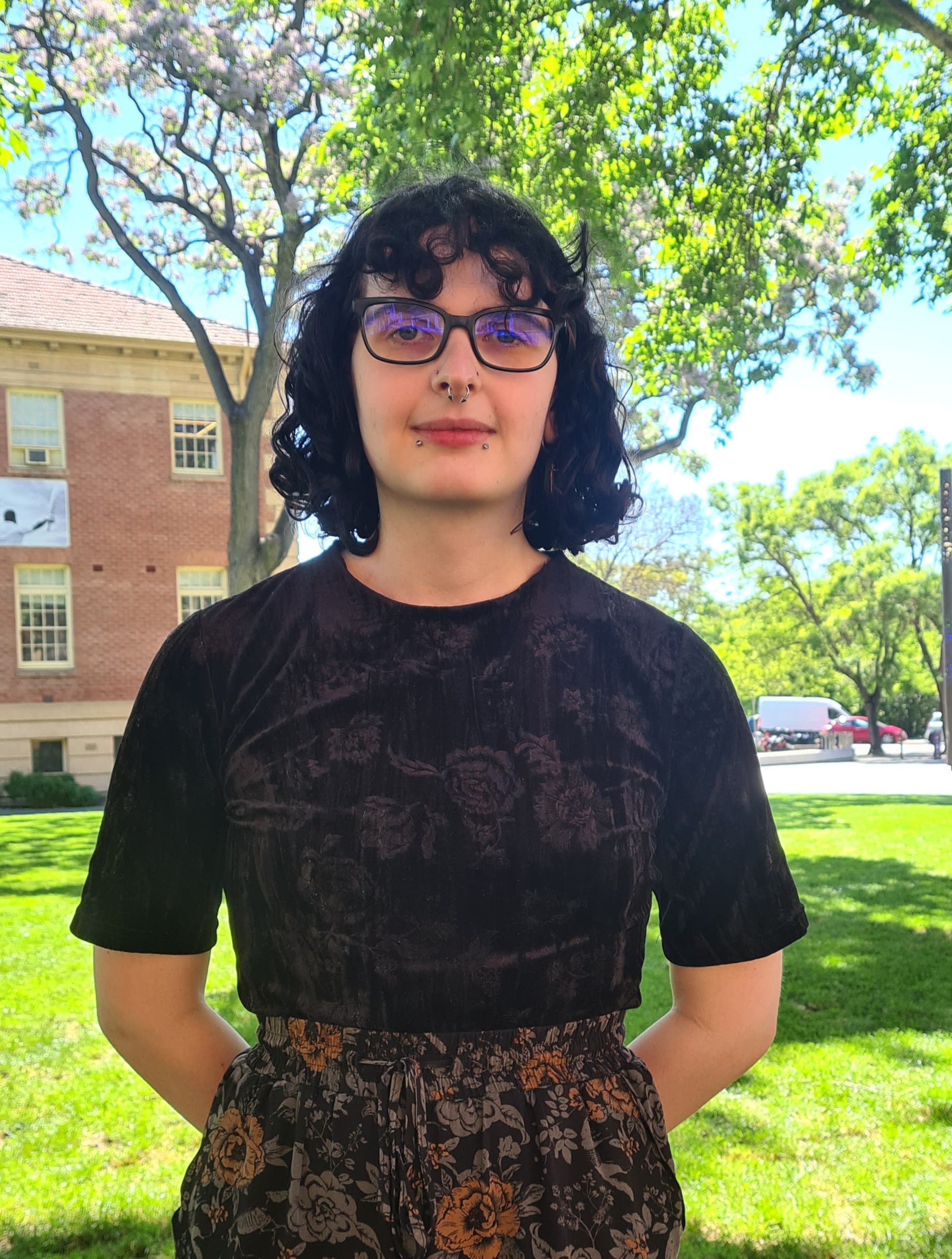Minh Thu Nguyen
Modelling Impact Resistant Materials for use in Protective Gear
This project aims to advance our understanding in how the energy absorbency and impact resistance of brittle and ductile materials can be improved to design better protective systems. Using bio-inspired designs this project will build new meshes and models of bio-inspired designs which incorporate structural hierarchy to determine if they can give better protection for the same volume of material.
There are intensive efforts to manufacture armour structures which are high motility, lightweight and have superior protective capability. This project aims to develop models of 3D printed samples with traditional in-fill patterns to compare with 3D printed hierarchical structures with the same volume. These models will be used to produce 3D printed samples for testing at Swinburne, as well as input into the FE models developed by Dr Olsen-Kettle’s research team. Numerical modelling and experimental tests have already shown that skeletal muscle inspired hierarchical structures exhibit exceptional impact resistance and are effective in distributing impact stresses, facilitating a reduction in weight for an equivalent level of protection (Olsen-Kettle, Composite Structures, 2022). We will extend this research to consider Sierpinski triangles (Cheng, International Journal of Mechanical Sciences, 2022) and skeletal muscle-inspired tubular structures (Olsen-Kettle, Composite Structures, 2022) and hierarchical structures based on these designs. We will compare these new hierarchical structures with traditional in-fill patterns used in 3D printing, to observe which one has the best energy absorbing properties.
The models will be tested and optimised by running numerical simulations of the failure process and fracture networks generated for different structures and under different loading conditions. Ansys LS-dyna software will be used to model the different materials, and Gmsh software will be used to build the 3D meshes of the bioinspired structures. The optimised structures will then be 3D printed at Swinburne and experimentally tested as well.

Minh Thu Nguyen
Swinburne University of Technology
Minh Thu, a dedicated and ambitious third-year computer science student majoring in data science, is deeply passionate about mathematics and its applications. She possesses a robust foundation in both theoretical and applied mathematics, a testament to her exceptional problem-solving skills. Minh Thu’s academic prowess has been recognised through her achievement as a runner-up at the prestigious SwInBee competition.
With a keen interest in the convergence of mathematics and computer science, particularly in discrete mathematics and algorithm development, Minh Thu actively engages in research discussions and seeks innovative solutions to complex problems. Her enthusiasm for the subject is evident in her proactive approach to learning and her participation in meaningful conversations with esteemed scholars.
Driven by her passion and a desire to contribute significantly to the field, Minh Thu is actively pursuing research opportunities. Her goal is to pursue a Master by Research or an Honours program in the near future. Minh Thu’s intention to further her studies underscores her dedication to expanding her knowledge and making a lasting impact in the realms of mathematics and computer science. With a strong analytical mindset and a clear vision for her future in research, Minh Thu stands out as a promising young mathematician. Her commitment, curiosity,and determination make her an invaluable asset to any research endeavor she undertakes, as she continues to explore new horizons and contribute meaningfully to the field.




